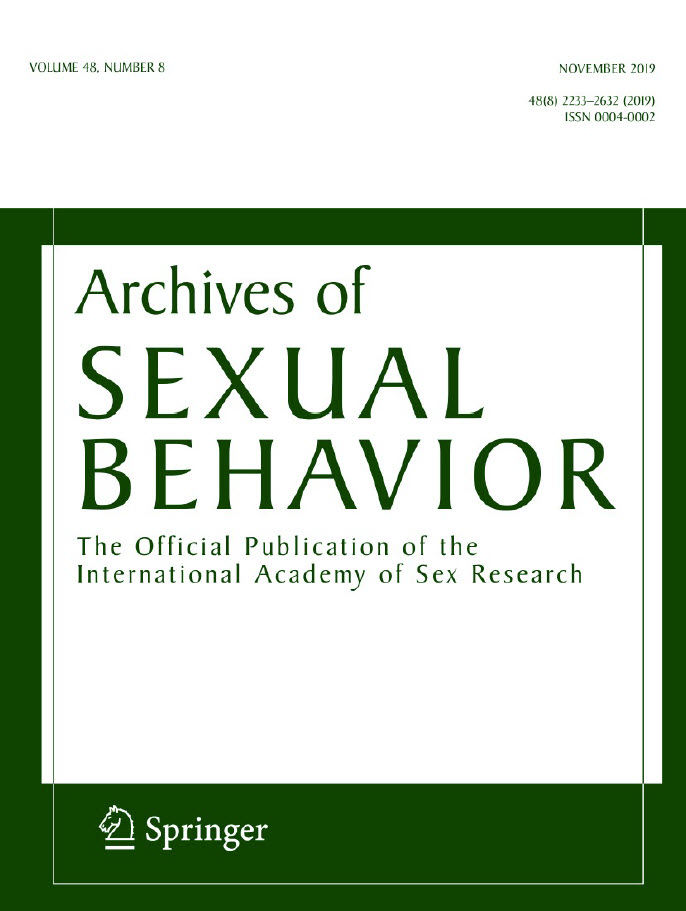
Addressing Youth Sexting Through Rational Legislation and Education
Sexting is defined as “the sending or receiving of sexually explicit or sexually suggestive images or videos,” usually via mobile devices. Our research indicates that at least 14% of US middle and high school students report that they have sent explicit images to others, while about 23% have received these kinds of images from their […]

The Nature and Extent of Youth Sextortion: Legal Implications and Directions for Future Research
Sextortion, the threatened dissemination of explicit, intimate, or embarrassing images of a sexual nature without consent, is an understudied problem. Despite a recent increase in reported incidents among adolescents in the United States, little is known about the nature and extent of sextortion among this population. The current research explores sextortion behaviors among a national […]

Social Media and Tech Misuse Scenarios
This resources provides scenarios that parents, educators, and other adults can use to discuss issues that may come up when young people are using technology. Hinduja, S. & Patchin, J. W. (2023). Social Media and Tech Misuse Scenarios. Cyberbullying Research Center. Retrieved [insert date], from https://cyberbullying.org/Social-Media-and-Tech-Misuse-Scenarios.pdf Download the Scenarios

Generative AI as a Vector for Harassment and Harm
As a social science researcher studying trust and safety on online platforms, it is critical to think through potential risks and negative impacts associated with the use of generative AI technologies. To be sure, its potential is incredible – and will benefit societal members in almost limitless ways. In this environment of giddy euphoria about […]

Take it Down: A New Tool to Combat the Unauthorized Sharing of Explicit Images of Minors
It has long been stressed that once you send an image to someone else, or post it online, you lose complete control over how that image is used and where it might end up. While this is still mostly true, the National Center for Missing and Exploited Children (NCMEC), with funding from Meta, has developed […]

Michigan Teen Latest Casualty of Sextortion
Seventeen-year-old Jordan DeMay seemed to have it all going for him: he was handsome, athletic, and was finishing his senior year at Marquette Senior High School in Marquette, Michigan. He was Homecoming King. When a pretty girl he didn’t know messaged him on Instagram and asked to exchange intimate images, he was skeptical. After a […]

It is Time to Teach Safe Sexting
Research shows that roughly 10-25% of American teens have participated in “sexting,” the sharing of sexually-explicit or sexually-suggestive images. When minors share nude images of themselves with others in the United States, they are distributing child pornography. If these images are received from others and stored on personal devices, individuals are in possession of child […]

It is Time to Teach Safe Sexting
It’s 2020. And it’s about time we rethink our approach to teen sexting. Justin and I wrote an piece that was just published in the Journal of Adolescent Health (currently free to download!) arguing that it is time to take a more thoughtful and comprehensive approach to sexting, by supplementing abstinence messages with information to […]

Sextortion: More Insight Into the Experiences of Youth
Earlier this year, thirty-six-year old Barton Scott hacked into dozens of Snapchat accounts to access explicit images of 14 to 16 year-old girls. According to court records, he manipulated and subsequently coerced victims into turning over their passwords, giving him access to images not intended for public dissemination. He then used those private images as […]

The Nature and Extent of Sexting Among Middle and High School Students
Sexting is the sending or receiving of sexually explicit or sexually suggestive images or video, usually via mobile devices. Despite widespread public concern about these behaviors as they occur among adolescents, including potentially serious legal consequences, relatively little research has been done to estimate the frequency of sexting among middle and high school students. The […]

